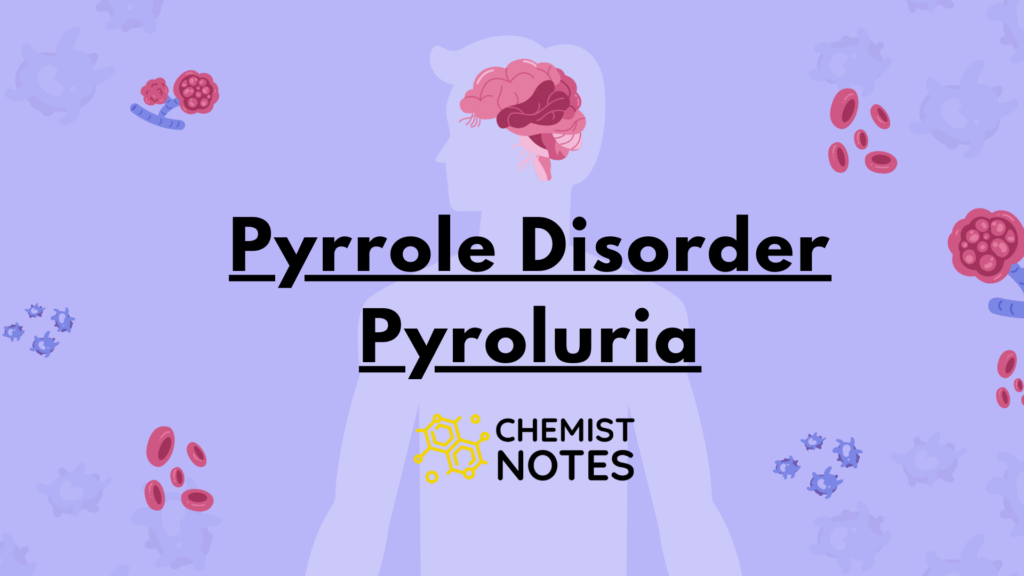Table of Contents
ToggleInvisible ink, often referred to as security ink or sympathetic ink, is a writing ink that is initially invisible when applied and can subsequently become visible with the use of heat or UV light. Steganography comes in the form of invisible ink.

What actually is invisible ink?
Invisible inks for use with invisible ink pens are formulated using ingredients such as sodium hydroxide and thymolphthalein. These inks come in a variety of forms, including UV- and heat-activated inks. Once inscribed, the message becomes invisible and may be broken using chemicals, heat, or UV light.
The process of turning invisible ink visible might involve adding heat, using a specific chemical, or employing UV light, depending on the kind of chemical reaction the ink is based on. The hidden message is eventually made public as a result of all these unique treatment.
History of invisible ink
Invisible ink has a long history that spans several centuries. It is well known that several chemicals were employed by the ancient Greek, Roman, and Chinese civilizations to convey concealed messages. Using milk, lemon juice, or natural pigments that were visible when heated or exposed to certain substances was one technique.
A lot of people started using sympathetic inks throughout the Renaissance. These inks could only be seen in specific situations, such when a reagent was applied. More advanced invisible inks were created in the eighteenth century by well-known people like Sir George Lewis, who used chemical processes to expose letters.
During both World Wars, invisible inks were used for espionage. Contemporary versions are still used for novelty and security applications.
Chemistry behind invisible ink
The sort of invisible ink that is utilized affects its chemistry. Here are few instances:
- Heat-Activated Inks: – Organic ingredients like milk and lemon juice are frequently employed. These substances go through chemical processes that result in the manifestation of the concealed message when heated.
- UV-Activated Inks: – Substances such as luminous materials can be utilized.
These substances glow when exposed to ultraviolet (UV) light, revealing the secret information. - Chemical Reaction Inks: – Phthalein and thymolphthalein are examples of compounds that are sensitive to pH variations.
Applying a basic solution, such as baking soda solution, causes the ink to change color and show the message. - Iron Gall Inks: – Age-old inks used for long-term writing Tannic acid, derived from plant extracts, reacts with iron sulfate to form a whitish substance. Air exposure causes it to get black over time.
Properties of invisible ink
The properties of invisible ink are:
- blends with water.
- Non-volatile, meaning it doesn’t smell strongly.
- not leaving crystals on paper, that is, difficult to notice in passing light.
- invisible to UV light.
- doesn’t discolor or break down the paper, like silver nitrate.
- Nonreactive when exposed to iodine or any other common developer.
- The ink should have as few potential developers as feasible.
- shouldn’t grow in a heated environment.
- simple to attain and has the potential for at least one harmless usage by the possessor.
- Not a mixture of different compounds, since this would go against rule number 7.
Advantages of using invisible ink
The advantages are discussed below:
- Using a cotton swab, stamp, fountain pen, toothpick, calligraphy pen, special purpose stylus, or even your finger immersed in the liquid, you may apply invisible ink to a writing surface. When dried, the written surface has the same texture and reflectivity as the surrounding surface, giving the impression that it is blank.
- Additionally, there are toy invisible ink pens with two tips: one for writing with invisible ink and another for ink development. A “decoder pen” is usually included to expose the invisible portions of texts or photos, answering questions written in conventional ink or filling in blank areas in pictures. Invisible ink is occasionally used to print portions of pictures or text in books for kids to play with.
- Important home objects are frequently discreetly marked with security marker pens or UV markers, which have fluorescent ink that glows when exposed to UV light, in case of a theft. Specialty security marker pens are available that are designed to write on non-porous materials like metal, glass, and plastic. With the use of a blacklight or another UV light source, the mark may be read. Commercially available, security marker pens are frequently utilized as a deterrent to crime.
References
- Kristie Macrakis (2015). Prisoners, Lovers, and Spies: The Story of Invisible Ink from Herodotus to al-Qaeda. Yale University Press. ISBN 978-0300212600.
- John A. Nagy (2009). Invisible Ink: Spycraft of the American Revolution. Westholme Publishing. ISBN 978-1594161414.









